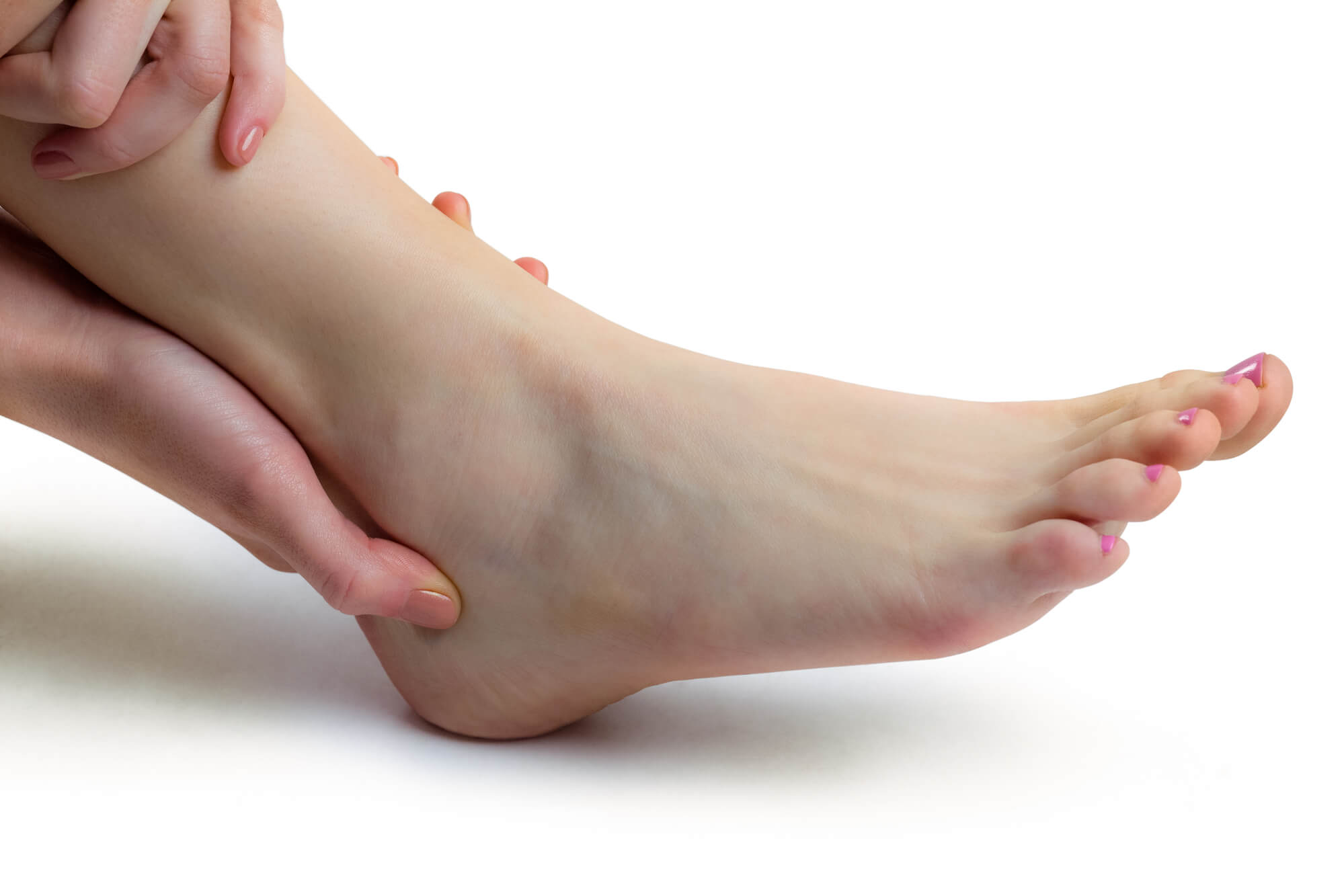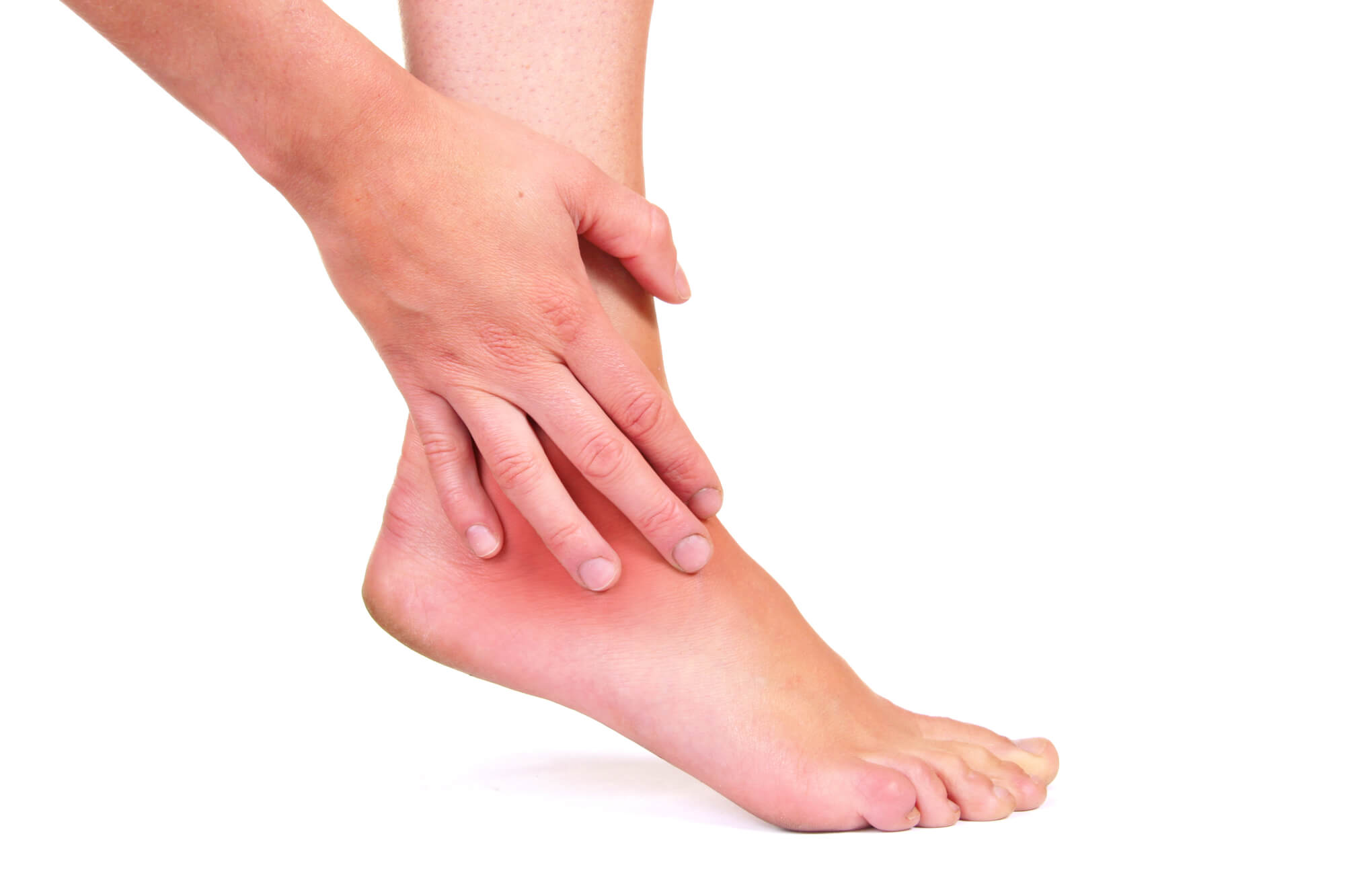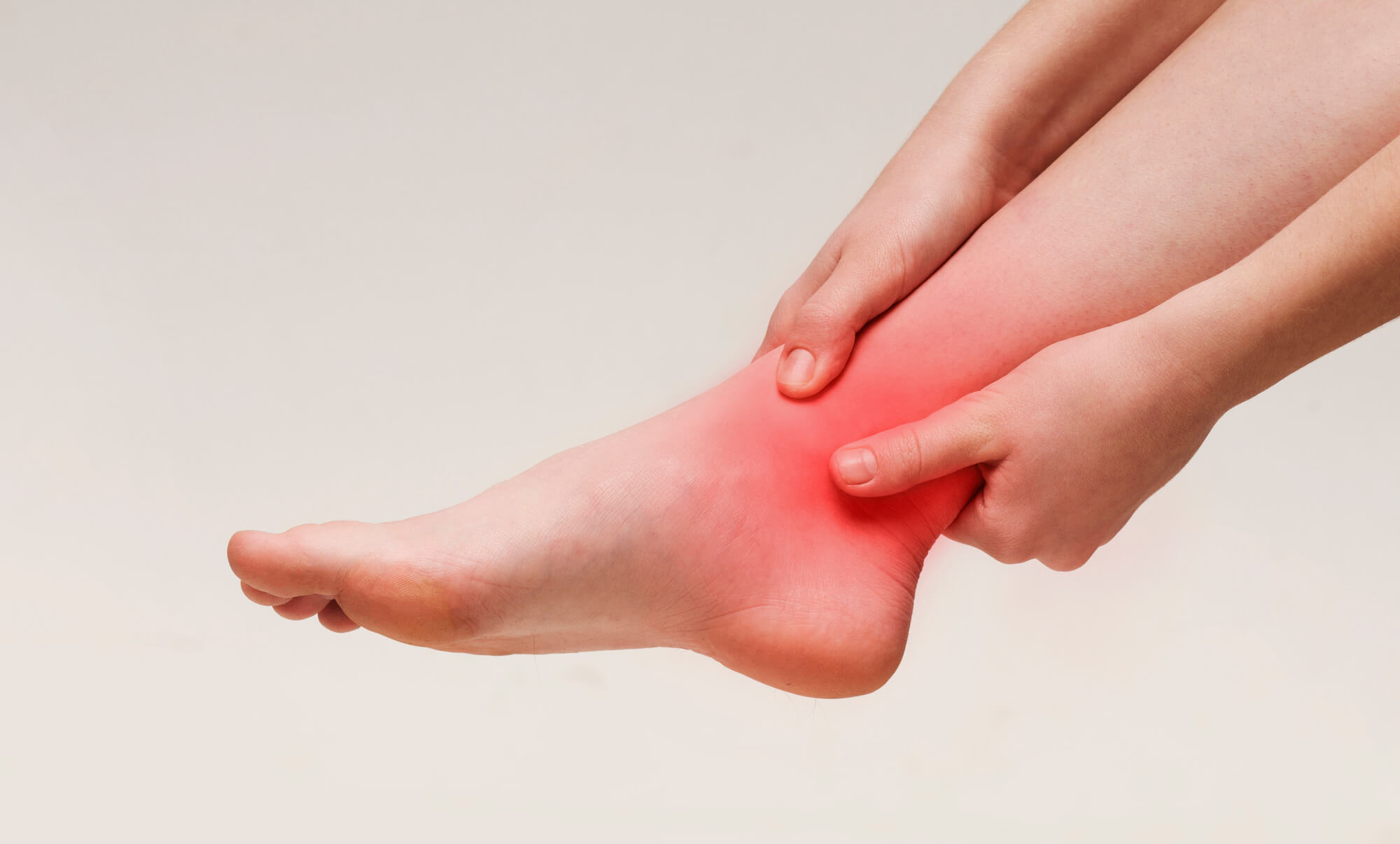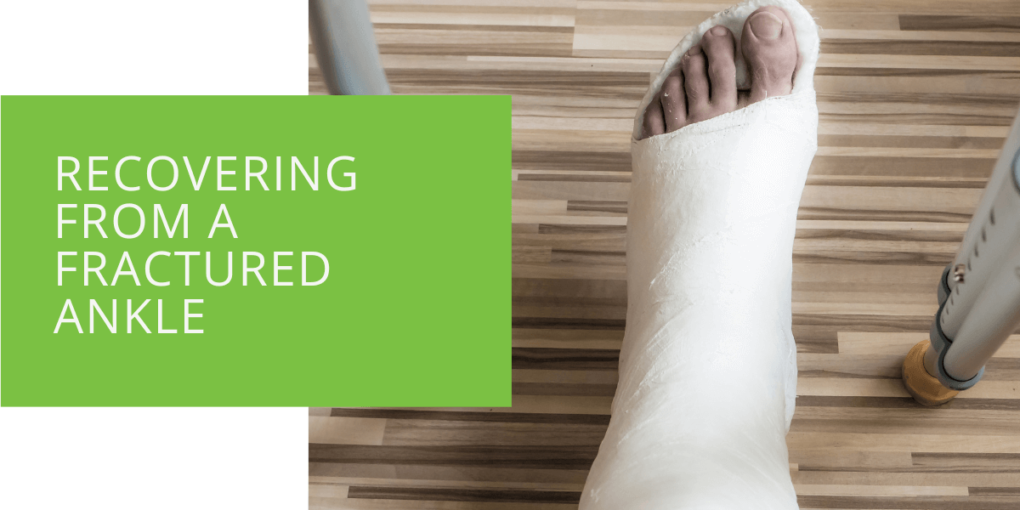Recovering from a Fractured Ankle
A fractured ankle is a common injury that can significantly impact a person's mobility and quality of life. The ankle joint comprises three bones: the tibia, fibula, and talus, as well as various ligaments and soft tissue. When one of these bones is broken, it can cause significant pain and swelling and may require a long recovery period.
This article will cover everything you need to know about recovering from a broken ankle, including understanding the fracture, the recovery timeline, the importance of proper footwear and orthotics, and preventing future injuries.
Understanding the Fracture
The ankle joint is vulnerable to fractures due to its complex structure and the amount of weight it bears during movement. Ankle fractures can occur when the ankle is twisted, turned, or rolled awkwardly, resulting in a broken bone. The severity of the fracture will depend on the type of injury and the location of the break.
Some ankle fractures may require surgery, while others can heal properly with a cast or crutches. There are different types of ankle fractures, including:
- Lateral malleolus fracture: A break in the fibula bone on the outside of the ankle.
- Medial malleolus fracture: A break in the tibia bone on the inside of the ankle.
- Bimalleolar fracture: A break in both the tibia and fibula bones.
- Trimalleolar fracture: A break in the tibia, fibula, and talus bones.
Once a fracture is diagnosed, your podiatrist will develop a treatment plan based on the type and severity of the injury. Treatment may involve immobilizing the ankle joint with a cast, boot, or surgery to fixate the broken bone.

Recovery Timeline
Recovering from a fractured ankle can be a long and challenging process, but understanding the recovery time can help you stay on track and take the proper steps to heal.
First Few Days
During the first few days after a broken ankle, it's important to rest, ice, compress, and elevate the injured foot to reduce swelling and pain. Your podiatrist may recommend crutches or a walking boot to protect the ankle and limit weight-bearing activities.
First Six Weeks
For the first six weeks after a fractured ankle, the ankle joint must be immobilized with a cast, walking boot, or another device to promote proper healing. You must avoid putting weight on the injured foot and keep it elevated as much as possible. Your podiatrist will likely schedule regular check-ups to monitor the healing progress and adjust your treatment plan as needed.
Next Six Weeks
After six weeks, your podiatrist may recommend gradually reintroducing weight-bearing activities, such as walking or standing, as your ankle heals. This may involve wearing a special walking boot or brace that supports the ankle joint. Your podiatrist will guide how much weight you can bear on the injured foot and when it is safe to resume regular activities.
Next Six Months
The final stage of recovery involves physical therapy to regain range of motion, strength, and flexibility in the ankle joint. Your podiatrist may recommend specific exercises or stretches to help rebuild the muscles and ligaments and improve your overall foot and ankle health.
Throughout the recovery timeline, it's important to follow your podiatrist's advice and attend regular check-ups to monitor your progress. You may experience some discomfort or stiffness during recovery, but these symptoms should improve as the ankle heals. It's important to be patient and take the necessary steps to ensure your ankle heals properly and without complications.
Following the proper recovery timeline and treatment plan can reduce the risk of future ankle injuries and regain full mobility and strength in your foot and ankle.

Proper Footwear and Orthotics
Proper footwear and orthotics can play a critical role in the recovery process for a broken ankle. They support the ankle joint, reduce re-injury risk, and promote proper healing. Your podiatrist may recommend specific types of footwear or orthotics based on the type and severity of your fracture and your individual needs.
Immobilization Devices
During recovery, you may need to wear an immobilization device, such as a cast or walking boot, to keep the ankle joint stable and promote proper healing. Your podiatrist will determine the type and duration of immobilization based on the type and severity of your fracture. You will need to follow their instructions carefully to ensure that the immobilization device effectively supports the ankle joint and promotes proper healing.
Proper Footwear
After the immobilization period, your podiatrist may recommend specific types of footwear to support the ankle joint and reduce re-injury risk. Proper footwear should provide adequate cushioning, arch support, and stability to the ankle joint. It should also be appropriate for your specific activity level and the type of surface you will be walking or standing on.
For example, if you have a high arch, your podiatrist may recommend shoes with extra cushioning to reduce the impact on your ankle joint. If you have flat feet, they may recommend shoes with added arch support to prevent overpronation and minimize re-injury risk.
Orthotics
Custom-made orthotics can also help support the ankle joint during the recovery process. Orthotics are custom-made inserts that fit inside your shoes and provide additional support and cushioning to the foot and ankle. They can help redistribute pressure away from the injured area and promote proper ankle joint alignment.
Your podiatrist may recommend specific types of orthotics based on your individual needs and the type of fracture you have. For example, if you have a lateral malleolus fracture, they may recommend orthotics that support the lateral side of the foot and ankle.
Physical Therapy Exercises
Physical therapy exercises can also help promote proper healing and reduce re-injury risk. Your podiatrist may recommend specific exercises to improve the ankle joint's range of motion, strength, and flexibility. They may also recommend specific exercises to target the muscles and ligaments that support the ankle joint, such as the calf muscles and Achilles tendon.
Your physical therapist will work with you to develop a customized exercise plan based on your individual needs and the type and severity of your fracture. They will also guide how to properly perform each exercise to minimize the risk of re-injury and promote proper healing.
Following your podiatrist's advice on proper footwear, orthotics, and physical therapy exercises can reduce the risk of re-injury and promote proper healing of your fractured ankle.

Preventing Future Injuries
Once you have recovered from a fractured ankle, it's important to take steps to prevent future injuries. Some tips for reducing the risk of future ankle injuries include:
- Strengthening exercises to improve balance and stability.
- Proper warm-up and cool-down before and after physical activity.
- Wearing proper footwear for the activity and surface.
- Avoiding high-impact activities that put significant stress on the ankle joint.
Following these tips can help reduce the risk of future ankle injuries and promote overall foot and ankle health.
Conclusion
Recovering from a fractured ankle can be a long and challenging process, but with the right care and attention, you can regain full mobility and strength in your foot and ankle. Understanding the nature of the injury and following the proper recovery timeline and treatment plan is key to successful healing.
If you have experienced a broken ankle or suspect you have, it's important to seek professional medical advice and follow the recommended treatment plan. Your podiatrist can help you understand the type and severity of the injury and develop a treatment plan tailored to your needs.
Following the tips and advice in this article can improve your chances of a successful recovery and reduce the risk of future injuries to your ankle joint. Always prioritize your foot and ankle health and seek professional advice whenever needed.

